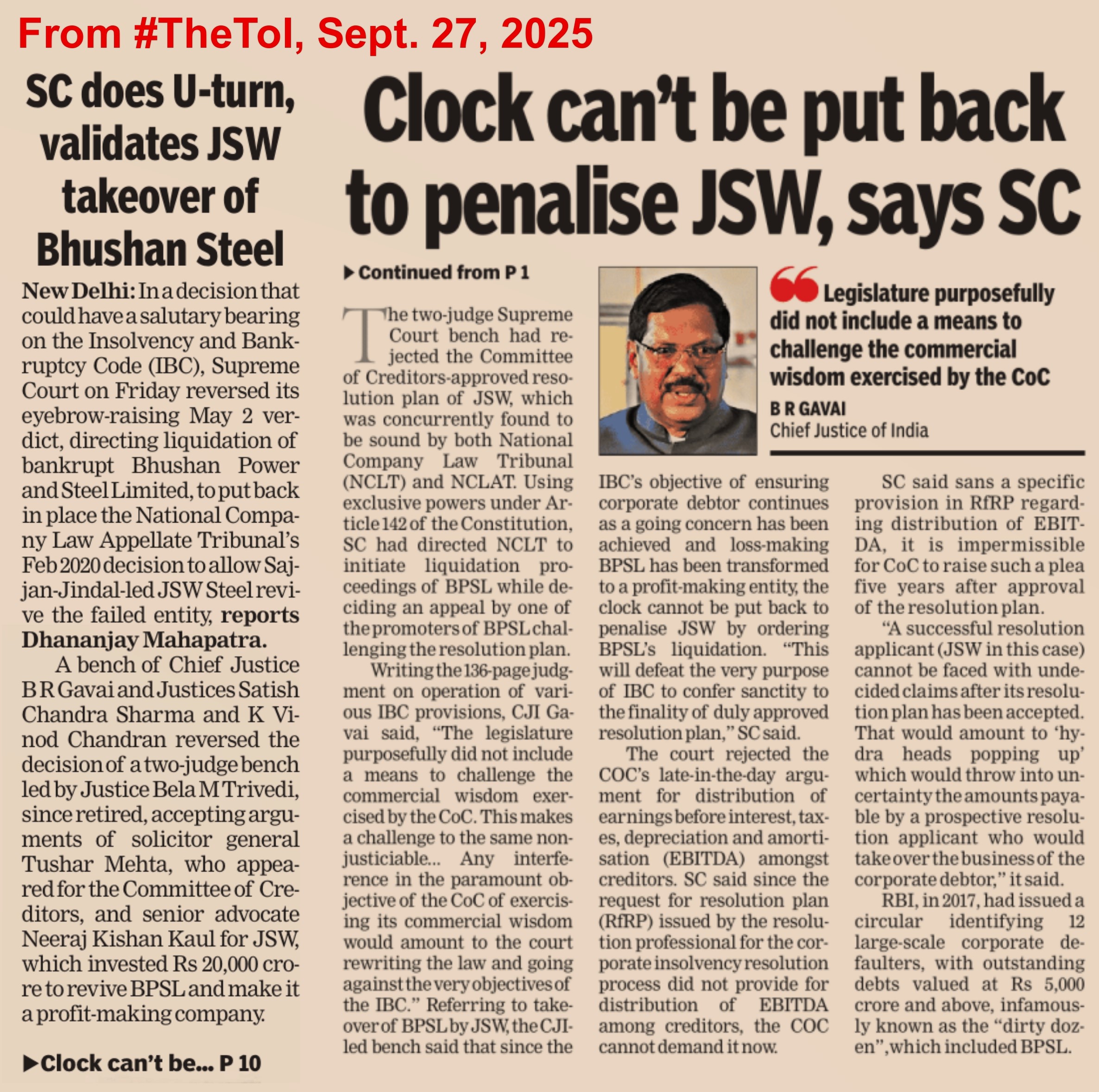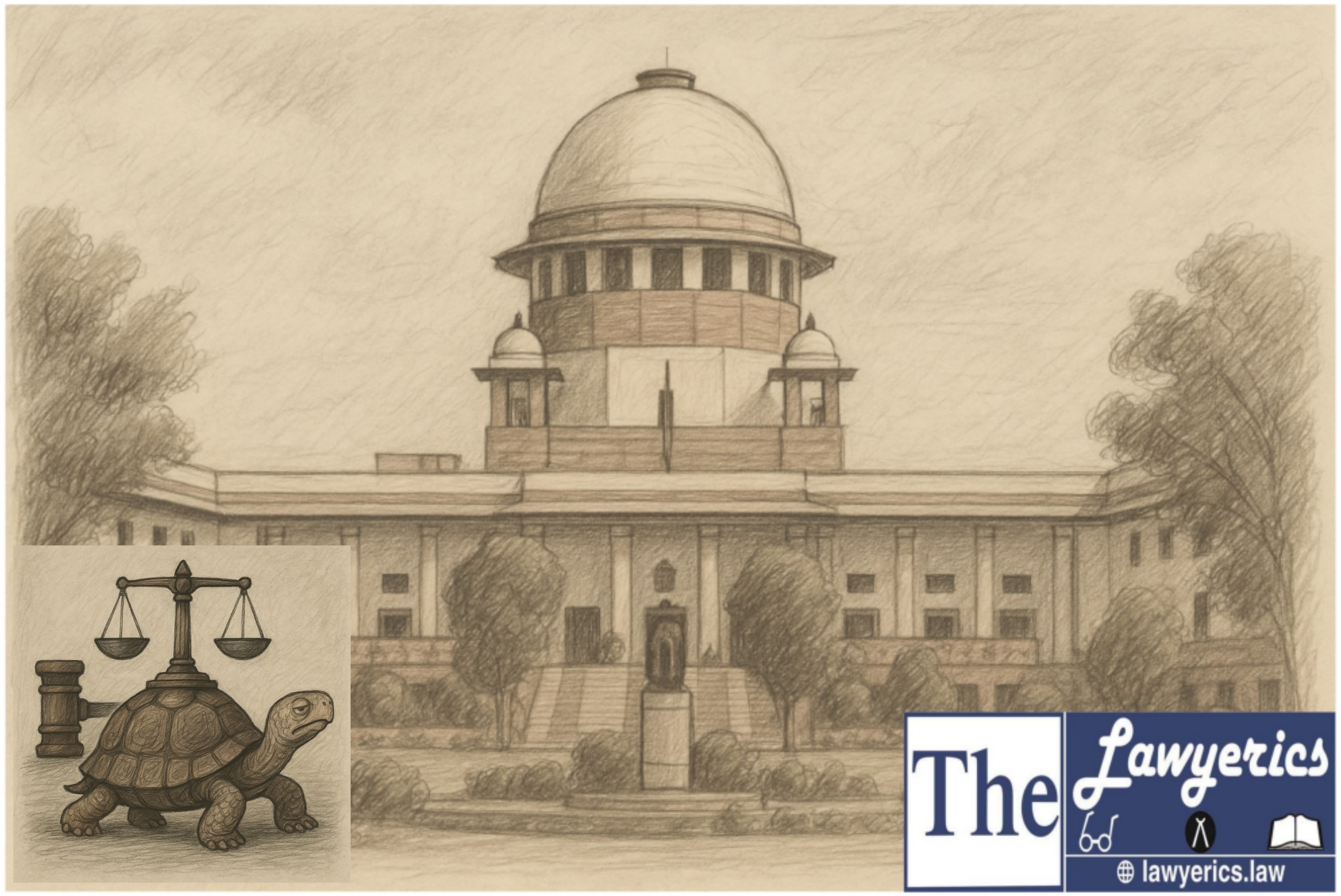
The law ought to be stable and predictable. Consider, after how many decades, the U.S. Supreme Court modified Roe v. Wade – it was about five decades. There is at least one incident in U.S. Supreme Court when it held that even if its judgment was wrong, it would not change on its own though the legislature could do it if it so desired. The underlying thinking was that law laid down by the highest court should remain stable and predictable. It is not so in India.
The problem lies in the Bench system in the Supreme Court. It is a top heavy court. More than 30 Judges sit in Benches. If one Bench has a different view, it tries to tweak the decision of earlier Bench. This is happening despite lofty principle of law that the earlier precedent is binding in a subsequent case, and principle of stare decisis should be followed. On the other hand, all the nine Judges in U.S. Supreme Court sit as a single Bench.
I have personal experience of feeling difficulty in citing conflicting decisions of the Supreme Court as precedents before the High Courts. Ironically, in one case SLP is dismissed in limine by one Bench but in an almost similar case, notice is issued by the other Bench!
Why the Hon’ble Supreme Court needs to lay down stable and predictable law is for the reason that politics will enter into law if this is not done. Judicial politics will emerge parallel to political power game. It is for this reason that law declared by the Supreme Court is farsighted and should be based on long term public policy.

Supreme Court of India – Mercurial Decisions
Click the link below to download PDF
